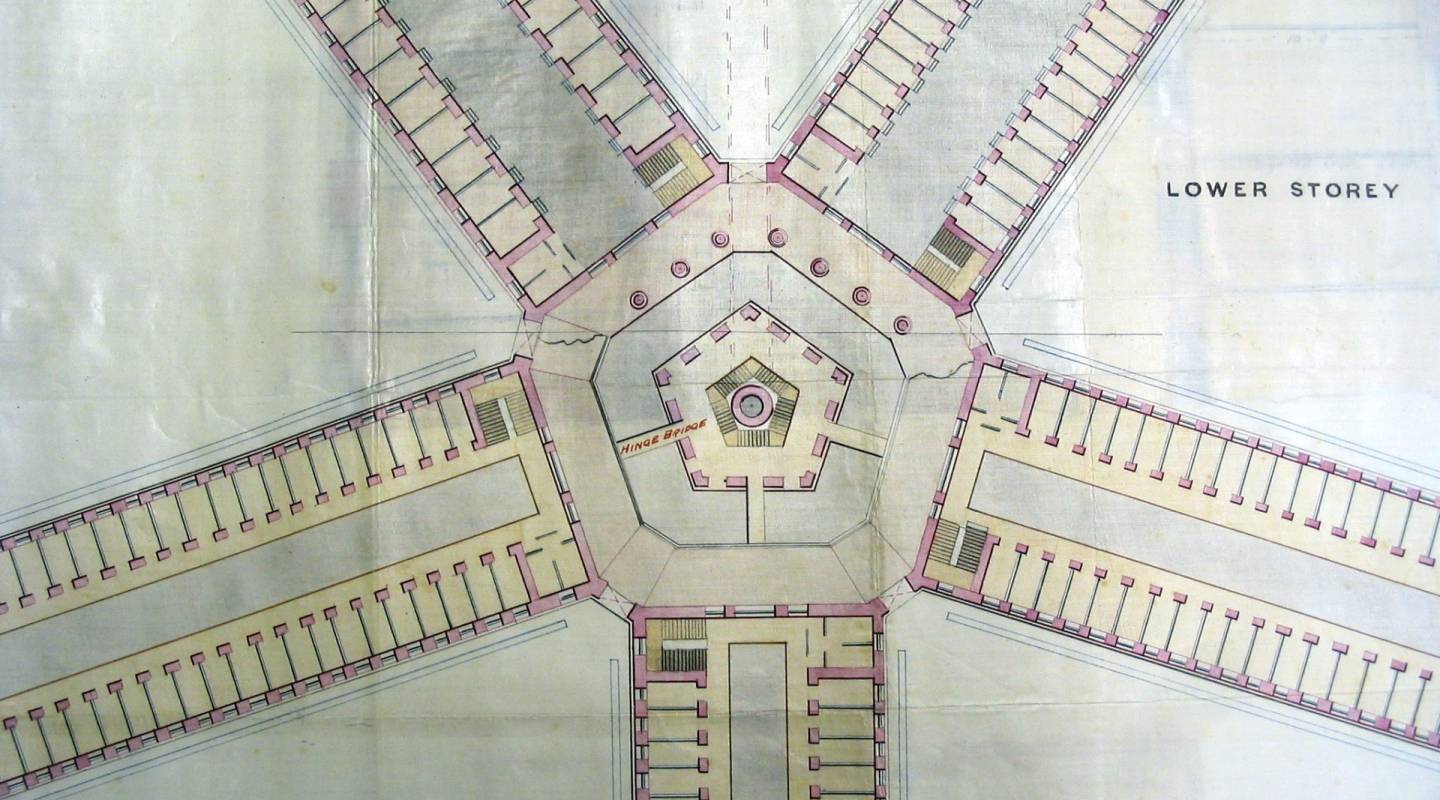
Singapore
Capital city — Singapore
The system organisation
Organisation of the penitentiary system
The Singapore Prison Service (SPS) is under the hierarchy of the Ministry of Home Affairs.
During the late 1990s, prisons were divided into “clusters” . This means that all prisons are co-located in one vast prison complex.
The Changi Prison Complex project started in 2000; the complex was opened in 2004. It is currently composed of 12 institutions:
- two clusters (Cluster A and B)
- five different prison institutions, each with a mixture of maximum-, medium- and low-medium security prisons
- Cluster C, which includes the Tanah Merah Prison School
- the Changi Women’s Prison
- the Operations and Security Command (OSC).
The SPS also administers drug rehabilitation centres (DRC).
Cluster B Accommodates five institutions. Institution B2 is the admissions centre; B4 is the pre-release centre.
Since the early 2000s, SPS has been promoting a public image of rehabilitation and reentry of ex-offenders, while still maintaining a dehumanizing prison system which violates many international human rights standards.
The “Captains of Lives” communication strategy, implemented in 19991, transformed the public image of SPS. The objective of prison sentences was shifted from a punitive to a “rehabilitation” and “reintegration” approach.
In 2001, SPS hired Burson-Marsteller, the world’s largest public relations firm, to pilot this image transformation. Burson-Marsteller is best known for its work with dictatorial regimes in Argentina, Indonesia, Ukraine, Nigeria and Saudi Arabia2, and the handling of corporate scandals3.
According to Professor Jonathan Woodier, “Burson-Marsteller (BM) was given the high-profile job of cleaning up the image of the Singapore Prison Service, which included not only a stand-out advertising campaign to promote the lot of ex-cons, but also putting together a non-profit company with S$1 million to encourage small businesses and cooperatives to hire people with criminal records.”4
Since then, it has been the duty of Burson-Marsteller to publicize the so-called “rehabilitation” efforts of SPS, such as the Yellow Ribbon Project. They set up a “media relationship center” which manages the communication strategy of SPS, highlighting its “organizational excellence” and “rehabilitation programs”. Burson-Marsteller provides training to SPS spokespersons to “refine SPS messages”5. Tight media control also allows the government to maintain an aseptic vision of what goes on inside prisons.
“Singapore Prison Service names PR AOR” in Campaign Asia-Pacific, 7 August 2012. ↩
“‘Controversial’ corporate clients” in The Hindu Business Line, 26 March 2002. ↩
Corporate Watch, “Burson-Marsteller: Corporate Crimes”, July 2002. ↩
Jonathan Woodier, “Securing Singapore/Managing Perceptions: From Shooting the Messenger to Dodging the Question”, 2006, p. 69. ↩
Mary Devereux, Anne Pierson-Smith, “Public Relations In Asia Pacific: Communicating Effectively Across Cultures, 2009, p. 101. ↩